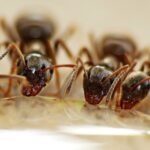All you need to know about making compost by yourself.
Compost is a processed organic material, which is a basic and important component for feeding and fertilizing plants using the organic method.
The compost we add to the soil enriches it with minerals, aerates the soil, improves drainage and prevents erosion.
Compost is a product of organic residues that undergoes a decomposition process by insects, bacteria and other organisms.
Those creatures feed on the organic waste and break it down into small elements, which are used as food available to the plant.
The process is called composting.
Three conditions are necessary for the proper activity of microorganisms:
Nutrients: Microorganisms, like higher animals, need a food source to produce energy.
The source of food for the microorganisms active in composting are the various organic materials.
Oxygen: Oxygen is required to oxidize organic matter.
Composting is an aerobic process, which requires the presence of air and oxygen.
Water: the main groups of microorganisms active in the process are the bacteria, whose activity is carried out in an aqueous environment only.
Therefore, the material undergoing composting must be sufficiently wet in order to allow the activity of the bacteria.
The compost contains most of the chemicals and minerals needed by the plant and the main ones are:
N – nitrogen, P – phosphorus, K – potassium.
The composition of the compost contains nutrients at different levels of decomposition and therefore can nourish the plant from the immediate stage and over time.
Location
The compost corner should be located in a shady corner of the garden.
The shade will prevent the compost from drying out.
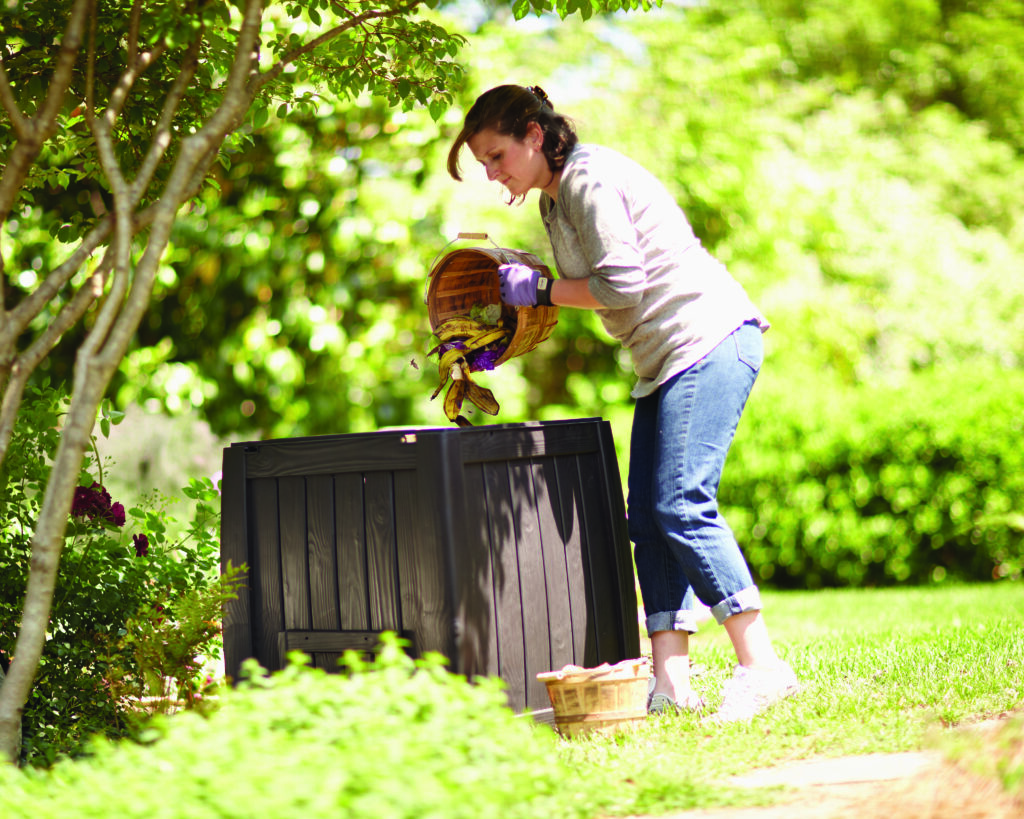
Although a good compost pile should not emit a bad smell, it is good to move the pile away from the walls of the house, but not too much, so that we are not too lazy to throw the leftovers into it.
It is recommended to combine green and wet material with yellow and dry material.
You can purchase a composter from different manufacturers, in different sizes.
A good compost container allows for airflow, easy access or method for turning the pile (mixing it up) and an open, removable, or hinged side that will make removal of the final compost easy.
By DIY, compost can be made in a hole in the ground, in a cage facility or just in a pile.
For the last two methods, pile ventilation is better and the process is done faster, but the pile tends to dry out and must be watered in the summer months.
Get a large plastic container and punch several holes in it, especially in the lower part.
The holes are important for ventilation, so that the oxygen necessary for the decomposition process can penetrate inside.
The commercial composters have ventilation openings, and a door in the lower part that allows the ready compost to be taken out.
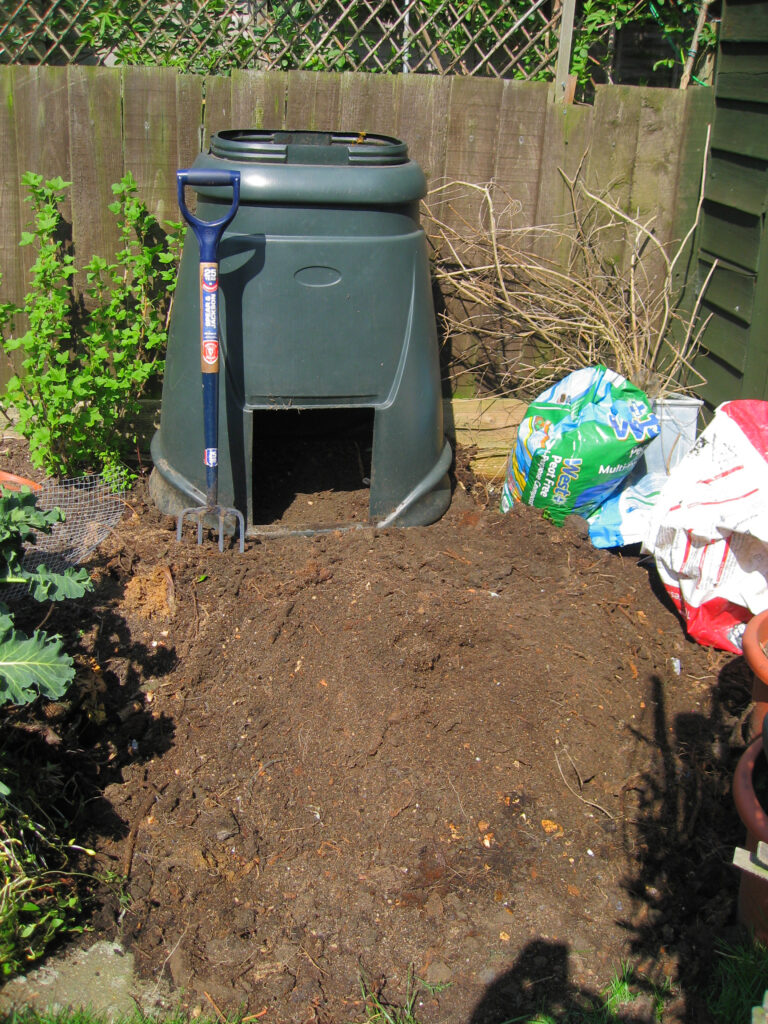
If you use a container, it is important that it is bottomless, so that desirable creatures can enter the pile, and liquids can drain from it, and its walls allow air to penetrate.
If the composter is not in direct contact with the ground, a thin layer of soil must also be added, which provides the microorganisms that begin the decomposition process.

Ingredients
At the bottom of the pile, place a coarse shrub and tree trimmings, in order to allow good ventilation from below and drainage of excess liquids.
Household waste must be separated into two main groups:
1. Nitrogen – “wet” green waste with a lot of liquid and mass such as vegetables and food scraps.
This waste is recommended to be collected in a small bucket with a good lid which will be permanently placed in your kitchen.
In this bucket you will put the leftover vegetables and fruits, bread, eggshells, coffee grounds, tea bags and leftovers of cooked food that does not contain meat.

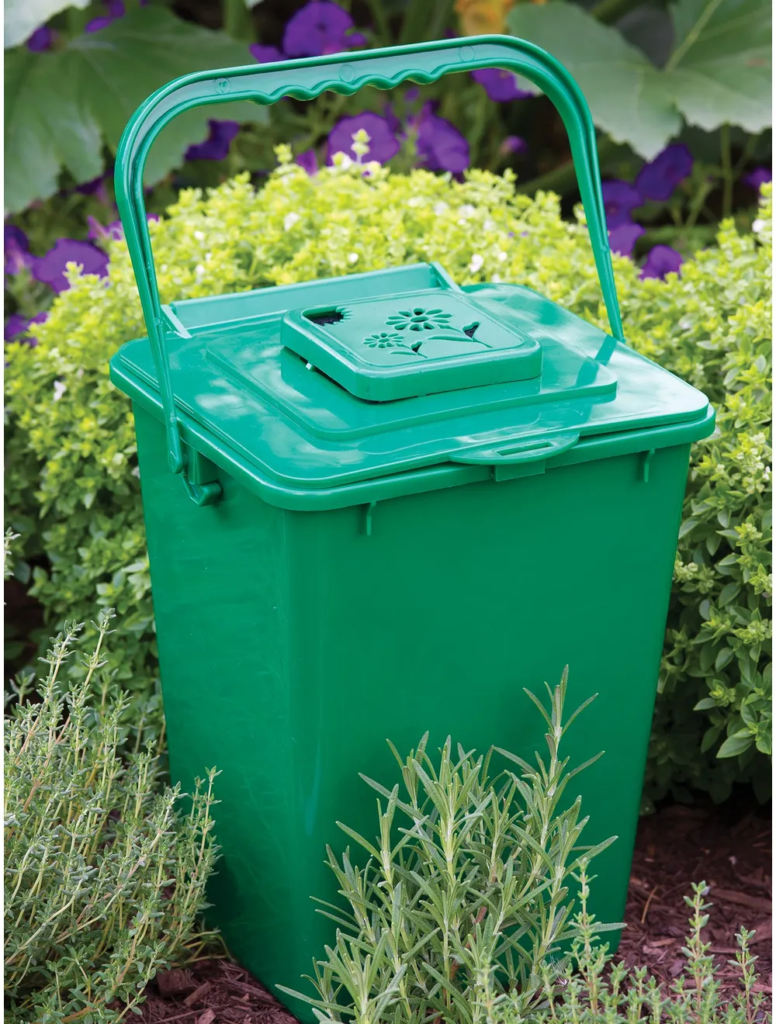
2. Carbon – “dry” manure such as dry fallen leaves, garden herbs, grass clippings, shrub clippings, branches that are less thick than a pencil, paper, (but do not use glossy paper or paper with a lot of colorful printing), hay, straw, campfire ashes and sawdust.
Process
Cutting the organic material into small pieces speeds up the process.
Thick branches will decompose very slowly, so it is possible to add them at the bottom only.
On the coarse layer, simply pour the rest of the organic residues from the house and garden.
Pruning sprayed with pesticides can damage the composting process and contaminate our compost.
The microorganisms that break down the waste need nitrogen and carbon in a certain ratio.
We have to make sure that the ratio between nitrogen and carbon in the compost pile remains normal.
Thats why it is important to make sure that after each layer of “wet” waste from the kitchen is immediately covered with dry material from the garden.
Keeping this rule is the key to the success of the process!
This will also contribute to proper ventilation of the pile, and bad odors and flies will be avoided.
Between the layers it is recommended to occasionally add a little soil and prepared compost.
This material will enrich the pile with the necessary microorganisms.
In order to enrich the mixture, you can add animal excrement, such as horse manure, poultry, cow, sheep, goat manure, etc.
One of the best materials for compost is human excrement.
If the compost corner is not well closed from animals, it is recommended not to add meat, fish, bones and dairy leftovers.
The feces of cats, mice and other predators, which will be attracted to the meat components, may contain viruses that are dangerous to humans.
In the first stage of the process, the compost pile should heat up and should reach a temperature of 55-70 degrees Celsius (130-160 Fahrenheit).

This step is critical because only at these temperatures do the pests and weed seeds are eliminated from the fresh material, and a place is made for the population of the good organisms.
In order to reach the high temperature, you need to concentrate as a start about 100 gallons of raw material.
This can be picked up from your immediate surroundings.
A proper compost pile should reach 250 gallons in size.
Turn and mix

In order to speed up the composting process, it is possible, but definitely not mandatory, to turn and mix the pile at this stage to introduce air into it, every two weeks with a pitchfork.
Some argue that it is better to skip this step due to the amount of work involved.
Indeed, those who are not in a hurry certainly do not need to do unnecessary work.
But if you insist, mix well, and rebuild the pile, making sure to cover it with dry material.
The mixing which introduces oxygen into the pile causes it to heat up.
The oxygen will run out after a few weeks, and the pile will cool.
This is the stage where you should mix again.
There is no need to measure with a thermometer – you can simply open the pile a little and feel the degree of heat with your hand.
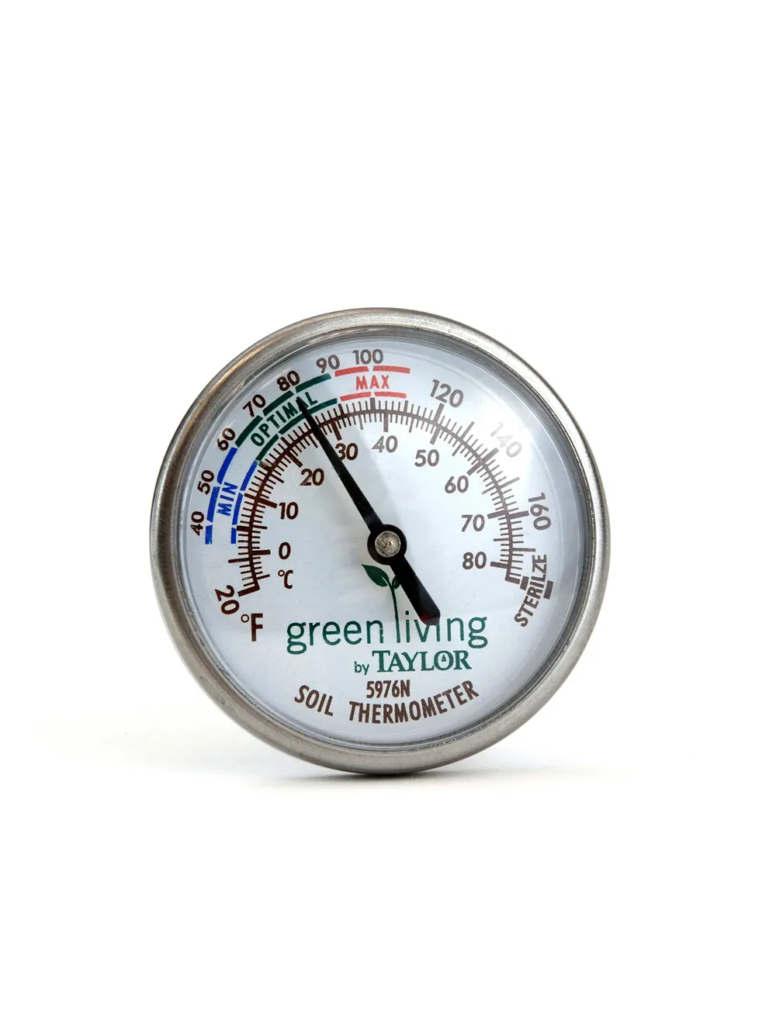
When one pile is full, it’s time to start a new compost pile.
It is recommended to build it close to the first pile.
This way the microorganisms can move to the new pile, and if the piles are really close, the new pile can heat up quickly.
You can build stacks adjacent to each other and create a sort of long line.
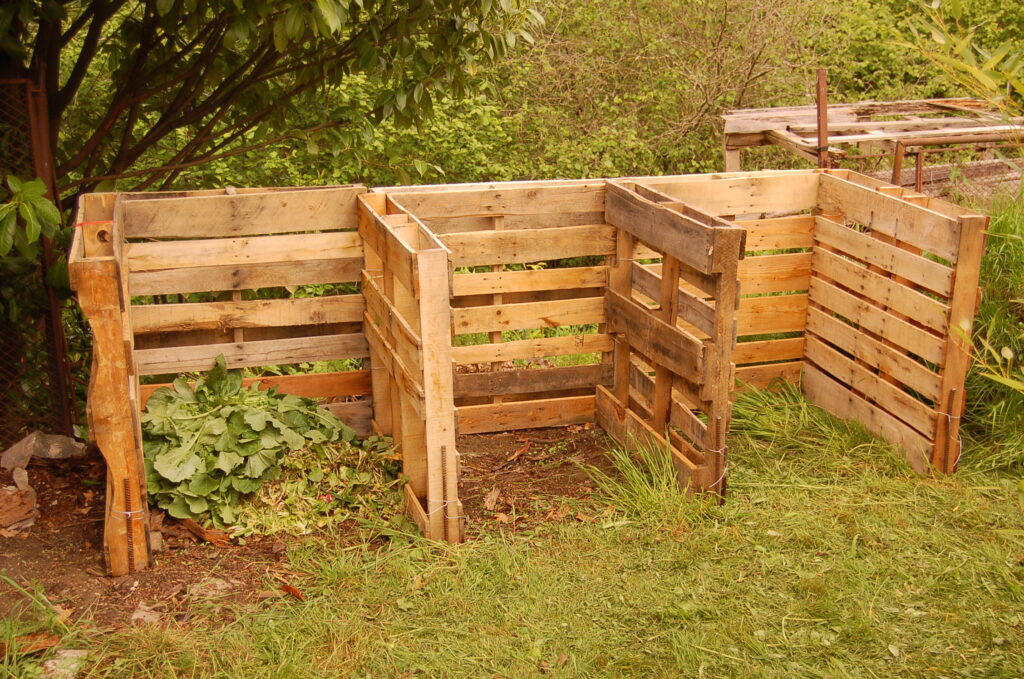
The compost should be ready in three months in the summer but in winter the process is slower (5-6 months).
A good compost can be picked only with a shovel and not with a pitchfork.

Half-done compost
It is important to avoid spreading half-done compost on soil intended for vegetable beds or young seedlings because it is not balanced and therefore can be harmful, especially to leafy vegetables that need nitrogen to grow.
The carbon content in half-done compost is too high, and so instead of the compost giving the soil nitrogen, an opposite and harmful process occurs.
Instead of the compost enriching the soil, it makes it poorer – the nitrogen in the soil is wasted at the end of the composting process, and the plants don’t have any left, and then they wither.
When ready, it should be crisp, black in color and smell like fresh forest soil.
The compost is spread generously around the plants in the garden.
It must be watered after spreading.
Mix it in the soil using a tiller/cultivator, in the upper 10-15 cm of the soil.

Problems:
There are two common situations in which the composting process does not take place properly:
1. excess moisture which prevents good ventilation of the pile.
In this case, bad odors arise from the tank.
The material in the compost pile should be as moist as a wrung-out sponge.
To return to a normal state, mix the pile with a pitchfork and add dry material that will absorb the moisture, such as straw, sawdust or paper.
2. lack of moisture that does not allow proper activity of microorganisms.
Unlike a normal situation where the stack shrinks every day, in this case the size of the stack will not change.
To return to a normal state, the pile must be watered.
Since the compost pile grows over time, as long as fresh material is added to it, it will not be ready.
There are two solutions to this problem: you can dig at the bottom of the pile and remove the prepared material, or you can start a new pile and close the first one and let it work until it is ready, and so on.
Red wrigglers (Eisenia fetida)
Added to a process (called vermicomposting) in which the recycling of organic waste is carried out using compost worms, which work alongside the microorganisms.

The worms feed on the remains of organic matter and excrete worm humus, which is a fine compost, containing all the elements required by plants.
The addition of worms accelerates the decomposition of the organic matter and helps to obtain a finer texture of compost.
The worms are sensitive to light, so they go to the bottom of the pile, where the temperature and humidity suit them.
The red worms only exist in the compost pile.
Outside the pile there is not enough moisture and rot that they need.
If you scatter the worms in the garden along with the compost, they will quickly disappear or be eaten by the birds.
When the compost is completely decomposed, the worms disappear from the container.
They will return and appear only if you add fresh organic material to the pile.

Despite its great importance, compost cannot alone support the long growth of vegetables that require more than a few months of growth and it will only be enough for one to two months.
Then you will need to add more to the bed or add another fertilizer.



Slow-release fertilizer should be added while planting in the planting hole.
For existing plants, spread fertilizer under the drip pipes at a depth of 5-10 cm.
Before planting new grass, an amount of 2 gallons of compost per 3 square feet is needed.
As an addition to an exciting lawn, add 1 gallon per 3 square feet.
For a plant from a 1–2-gallon container, about half a gallon of compost.
For a plant from a 5–10-gallon container, about 1 gallon of compost.

The application will be carried out in the planting pit while mixing the compost with the soil.

In conclusion
About 50% of household waste is organic.
Separating it and leaving it in the immediate environment will save the amount of garbage thrown from the house and poured into the huge landfills that pollute the groundwater and the planet we live on.
The remaining garbage remains dry and does not smell at all.
Compost is the best nutrient for the plant.
Its mineral values are balanced, available and natural.
Substitute for the use of chemicals.
The use of chemical fertilizers does indeed nourish the plant, but kills the population of natural organisms in the soil (about 5 million per gram!!!).
After stopping the use of fertilizers, the soil remains dead and its restoration can take many years.
The compost encourages the micro population, nurtures, nourishes and preserves it.
Compost improves the ability to regulate water in the soil.
In light (sandy) soils, the compost will improve the ability to absorb water and allow better utilization by the plant.
In heavy (clay) soils, the compost will improve water drainage and washing of the soil, thus preventing the accumulation of excess water in the root system, resulting in rot and diseases.

You might also like these articles:
- Sweet Success: A Guide to Growing Juicy Strawberries in Your Garden
- Growing Corn: Tips for Choosing the Right Variety and Achieving Healthy Growth
- How can I control pests and diseases in my garden?
- Effective Control Methods for Japanese Beetles and Grubs in Your Garden
- Nematode Ecology & Management in Agriculture
- Desert Wonders: Cultivating Beautiful Cactuses
- How to get rid of ants in the house fast
- Tomato plant diseases pictures
- How to get rid of rats in the house fast
- Growing vegetables in greenhouse for beginners
- Vegetables’ physiological problems
- Tomato pith necrosis






